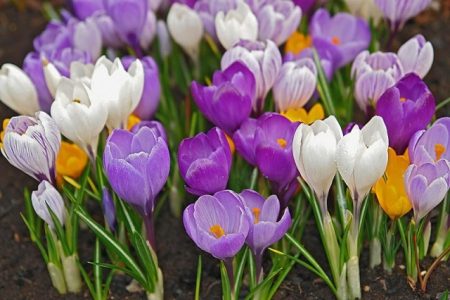 Fortunately for gardeners, it is not every year that you need to determine when to dig crocuses after flowering. In one place, this flower can grow up to several years without the obligatory annual digging. And this is a big plus, considering that these flowers bloom for only about a week. Usually in mid-June, the plant has bloomed, and the leaves begin to fade, then the bulb dormant period begins until next year.
Fortunately for gardeners, it is not every year that you need to determine when to dig crocuses after flowering. In one place, this flower can grow up to several years without the obligatory annual digging. And this is a big plus, considering that these flowers bloom for only about a week. Usually in mid-June, the plant has bloomed, and the leaves begin to fade, then the bulb dormant period begins until next year.
When the dormant period has come and all the leaves have fallen, the crocus is ready to dig up. But this does not have to be done every year, because tender flowers in one place without constantly digging bulbs can grow for about five years. However, in order to sort out the bulbs, remove the diseased and possible damaged areas, many gardeners dig up planting material every year. In addition, when the bulbs are removed from the ground, you can look for a new place for crocuses next year. Do you know, how to grow a watermelon in the suburbs in the open ground?
What is important to know about when to dig crocuses after flowering in the open ground:
- Crocuses can be grown in one place for 4-5 years without digging. Then the nests of the plant will be already too large, and their mandatory separation is required;
- When the leaves turn yellow, the bulb can be dug up. Then be sure to dry it outdoors for a couple of days. After that, remove dry leaves, roots, sort;
- When the bulbs are sorted, they need to be laid out in a thin layer in wooden boxes and stored in a dry, dark place where it is possible to ensure constant ventilation;
- Store bulbs from the moment of digging (this is somewhere in June) until August at a temperature of 22 degrees. If the air temperature is lower, then flower buds will not form in the planting material. So, crocus after planting will not bloom;
- In August, it is best to lower the storage temperature by a couple of degrees, and then generally lower it to 15 degrees. This is necessary for additional hardening of planting material;
- Again, plant bulbs in open ground at the end of August (for autumn flowering) or at the end of September (for spring flowering);
- The depth of planting bulbs in the ground should not exceed 8 centimeters;
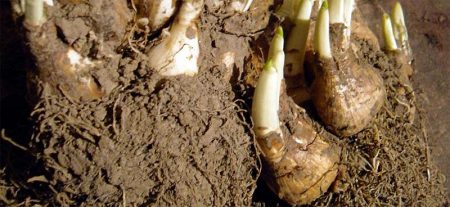
What features you need to remember
So, determining the timing when digging crocuses after flowering is easy enough. But it should be remembered that these flowers are distinguished by spring or autumn flowering. The time of the new bulb planting in open ground. Spring crocuses can be planted even in early October, along with tulips, for example. As for the autumn bloom, the planting should be carried out in the last weeks of August.
Large bulbs can be planted to a depth of 12 cm, but small ones should not be buried in the ground by more than 5 cm. The distance between the bulbs should be 5 cm or more. This is especially true for those gardeners who will not dig crocuses every year. The leaves begin to dry by the middle of summer and, if you plan to dig, this is the best period for work.
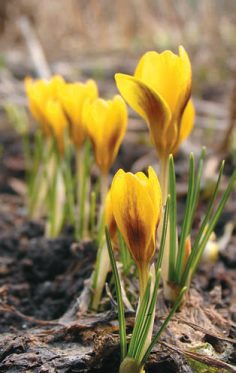
Advice! If the bulbs remain wintering in the ground, it is recommended to cover them for the winter with spruce branches or simply fallen leaves. This is true for regions with aggressive winters.
Crocus blooms not for long but very beautiful. In care, this plant in the garden or at home cultivation is completely unpretentious. Many conditions of detention: temperature and watering regime, are similar to hyacinths. It is interesting that before crocuses were actively used in cooking.The bulbs of this plant even today can be found in the menu of many world-famous restaurants.
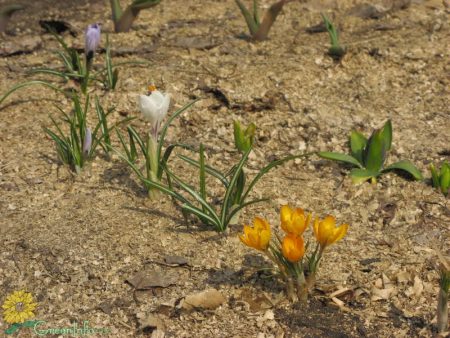
You can take the time to dig out crocuses after flowering. It is enough to do this once every five years. But some gardeners are engaged in annual digging. This does not affect flowering in any way, but annual digging is desirable for the prevention of various diseases and pests. Although, we emphasize again, it is not necessary at all.

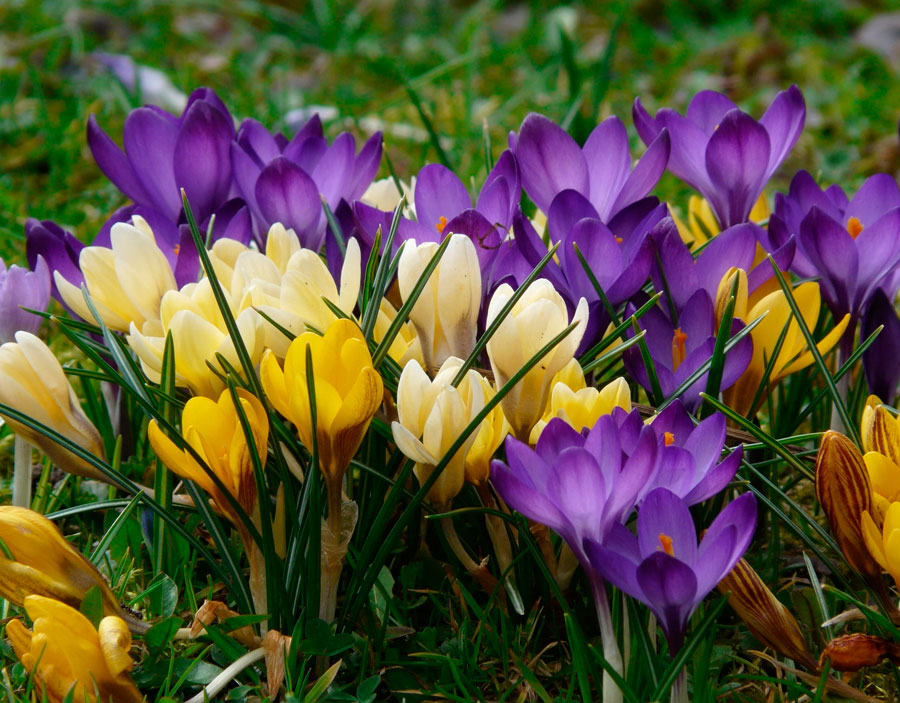

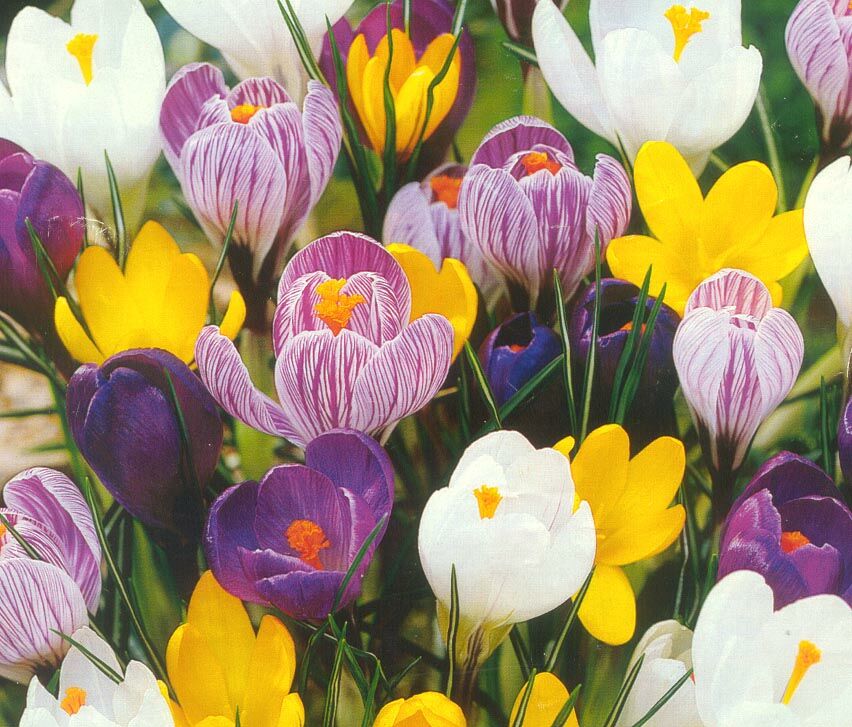
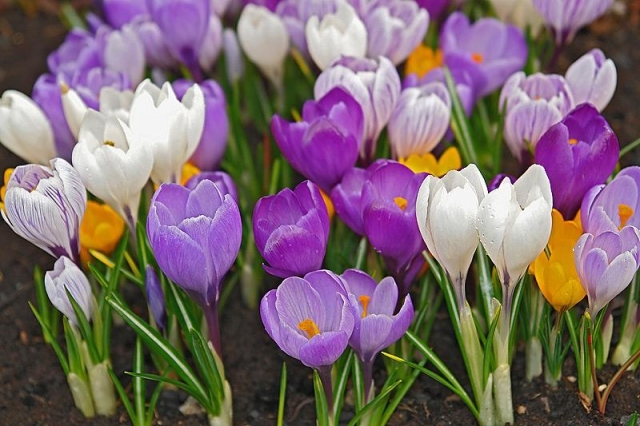 Do I need to dig crocuses after flowering?
Do I need to dig crocuses after flowering?